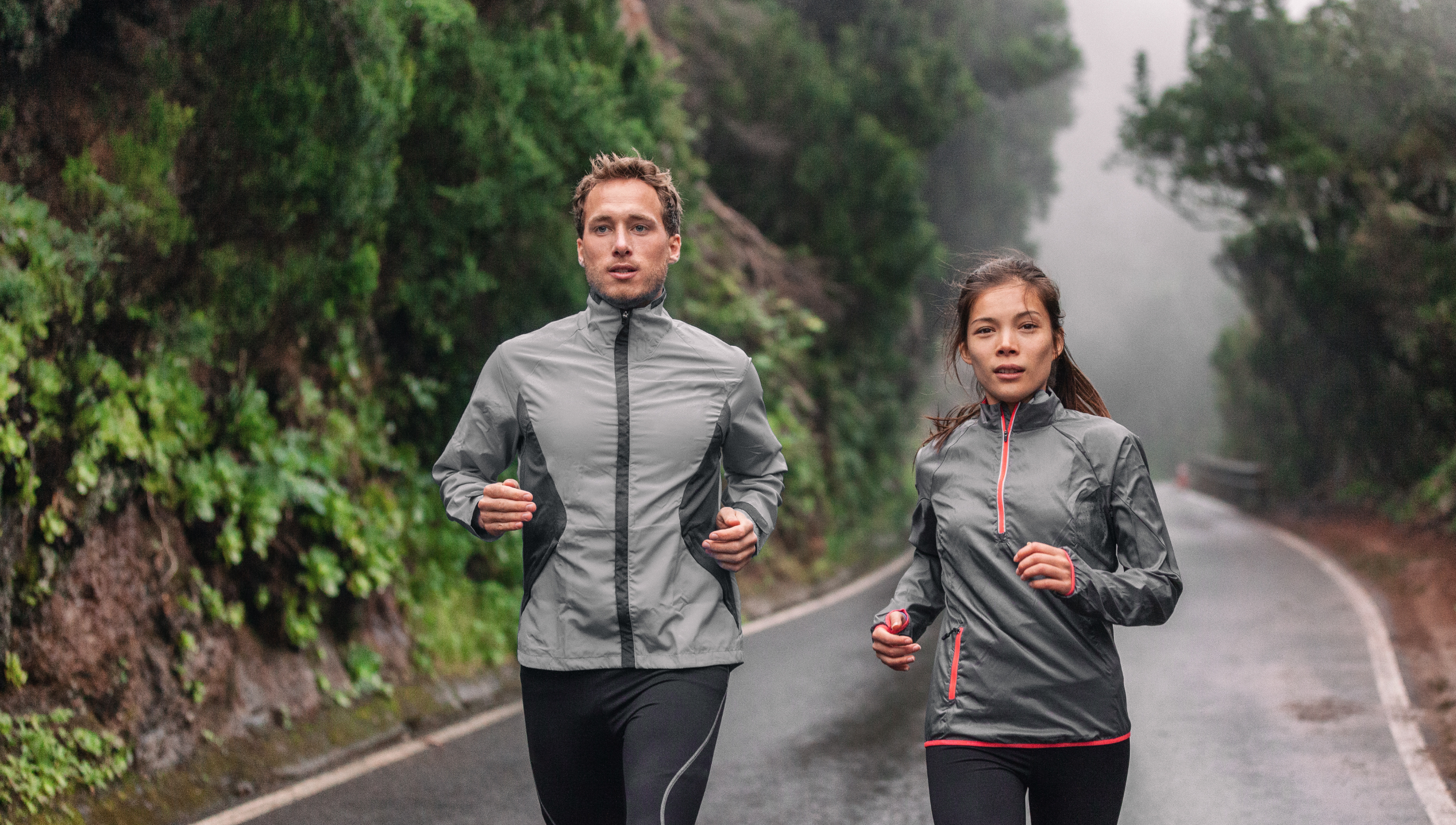News
8 Tips for Running in the Cold

Fall is a welcome relief to many runners after an extremely hot and humid summer. Though cooler air is an appreciated advantage, running in the cold becomes harder as we move closer to winter. But running in cold weather doesn’t have to be difficult if you approach it the right way. By getting the right gear, warming up properly, and preparing both mentally and physically, running in cold weather can be a great experience. You’ll also want to approach running in the cold with safety in mind. Below are a few tips for you to keep in mind before you go on your run.
|
It’s usually no problem to warm up outside as your muscles will adapt to the temperature. But if it does get too cold, getting your body temperature up indoors might be the better idea. Spend more time warming up than usual to really loosen your muscles and joints, and raise your body temperature to a light sweat. That way, when you step into the cold, it won't feel as bad, and your muscles won't get so tight. It will also ensure that you won’t suffer from muscle strain or muscle cramps. |
|
 There are a lot of things to keep in mind when you’re running in cold temperatures. When it’s cold outside there is always a temptation to wear something thick and heavy to keep you warm, but it’s a layering system that you need. A base layer is ideal because it keeps you as warm as a thick coat would while being significantly less cumbersome and wicking away moisture. Wear a base layer top and bottom, and from there add extra layers based on temperature. While you would obviously dress to be warm, also keep in mind that you will also raise your temperature while running. This is why seasoned runners advise underdressing by a few layers as it will eventually get hotter as you go further into your run. Unless it’s really cold and windy, then you should layer up accordingly. |
|
 When it comes to shoes, you’re going to need something that will keep your feet warm and dry but also give you plenty of grip for icy pavements and muddy parks. Trail running shoes are great for winter running, regardless of whether or not you’re planning to hit trails or just your local streets. But if the trails and streets are clear of snow or ice, your typical running shoe should be just fine.
|
|
 Though the idea you lose all this heat from your head is a misconception, keeping your head and hands covered can help make you feel warm and comfortable on a run. It also helps to keep sweat away from your scalp. A beanie or earmuffs can help you a lot during your runs, and you can also easily stuff it in your pockets if it gets too hot. Keeping your head covered is another essential task during winter running. The same goes for wearing gloves. Whether you find gloves or mittens more comfortable is really up to you. |
|
When running on less favorable conditions, it’s best to keep safe at all times especially if you’re running on routes with less or no people around. Running with somebody eliminates risks. And in case an emergency happens, you’ll have someone to get help. And as the weather gets colder and the trails get slippier, having someone there to help you up if you slip and fall isn’t so bad. If you can’t bring anyone along, make sure you tell someone where you’re going. Let a friend or family member know where you’re planning to run and when you’ll be back. |
|
Try running smaller loops or shorter routes. If you find the weather colder than expected you'll have an exit strategy that's closer to your house or car. You can cut your run short if you have to, without having to run the full length of the route you just did. It's also important to keep things in perspective when running in the cold. Running is more about getting exercise to maintain a healthy lifestyle than it is about setting personal records or running longer distances than normal. |
|
 You’ll probably need more water than you think. The weather might be cooler but you’ll definitely sweat the same if not more during your hike. And without visual cues like dripping sweat, you don’t always realize you need to hydrate in cold temperatures. Keep in mind though that drinking an ice-cold beverage when it’s cold outside can further decrease your core temperature. That’s another good reason to choose a looped course. You can keep your drink indoors or in your car. |
|
Plan your finish so that you stop close to home or to your car. Walking back home might be perfect for summer but it's totally different in cold weather. You will cool down as soon as you stop running and end up walking in the cold, damp with perspiration. It's best to finish at your front door. And if you have to drive back home, have extra clothing and a hot beverage waiting for you in your car. |
|
|














